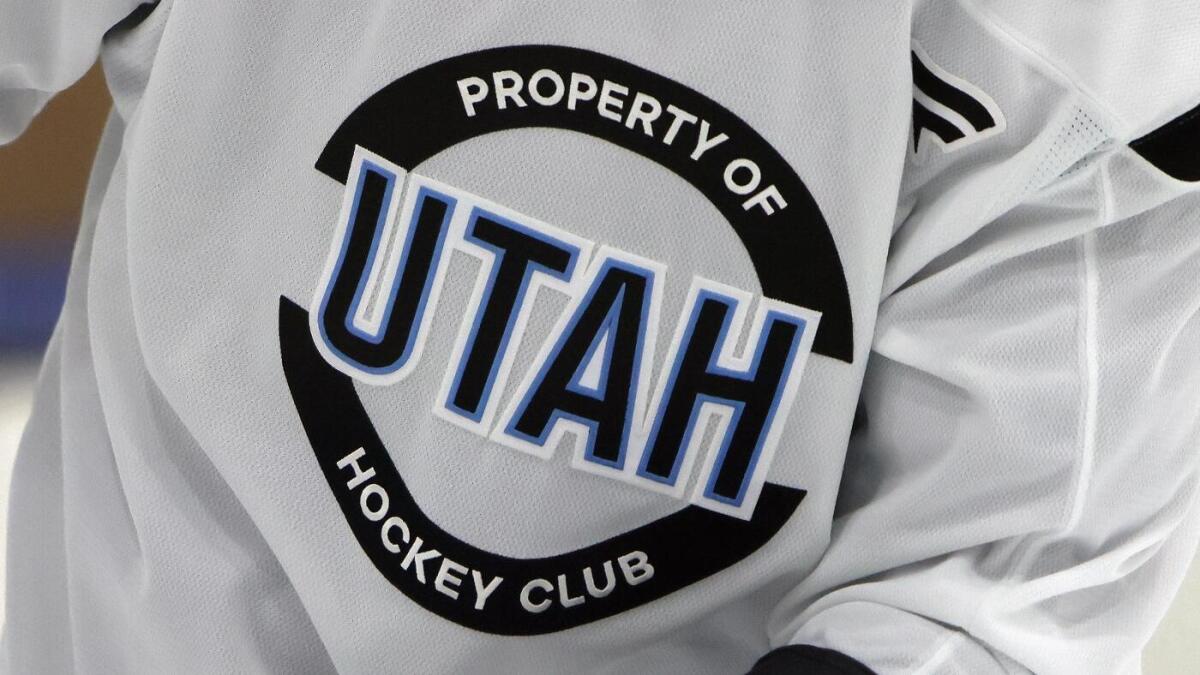The Utah Hockey Club Name Saga: Unpacking the “Mammoth” Leak and What It Means for the NHL’s Newest Team
A Digital Breadcrumb Trail Leads to Speculation
The internet never sleeps—and neither do hockey fans. When the Utah Hockey Club’s YouTube handle mysteriously changed from @UtahHockeyClub to @UtahMammoth, the online hockey community erupted. Was this a slip-up, a placeholder, or a deliberate teaser? The answer remains unclear, but the implications are fascinating.
Social media detectives quickly connected the dots: Trademark filings for “Utah Mammoth” had surfaced months earlier, and the team’s coy refusal to confirm or deny only deepened the intrigue. In the age of instant information, leaks are inevitable—but this one feels different. It’s not just about a name; it’s about how a franchise builds its identity from scratch.
Why “Mammoth”? Symbolism and Strategy
Strength, Legacy, and Ice Age Echoes
If “Mammoth” is indeed the chosen name, the branding potential is undeniable. Mammoths symbolize power, resilience, and prehistoric grandeur—qualities any sports team would want to embody. But there’s more to it:
– Local Connection? While Utah’s history doesn’t prominently feature mammoths (unlike, say, Colorado’s Mammoth Mountain), the name could evoke the state’s rugged landscapes and Ice Age fossils found in the region.
– Marketability: Short, punchy, and easy to chant (“Let’s go, Mammoth!”). Merchandising opportunities—think woolly mammoth-inspired logos or mascots—are endless.
The “Outlaws” Alternative: A Missed Opportunity?
Fans in a *Deseret News* poll leaned toward “Outlaws,” a nod to Utah’s Wild West past. The name carries grit and rebellion, fitting for a team looking to make an impact. Yet, if “Mammoth” wins out, it suggests the franchise prioritizes universal appeal over local lore—a risky but potentially rewarding move.
The Psychology of Naming a Team
Why Fans Care So Much
A team’s name isn’t just a label; it’s an emotional anchor. Consider:
– Identity: Fans want a name that feels like *theirs*—something to rally behind.
– Tradition: Great names endure (e.g., “Red Wings,” “Blackhawks”). A weak one? It haunts a franchise for decades (looking at you, “Mighty Ducks”).
– Rivalry Potential: “Mammoth” sets up natural showdowns—imagine battles against the “Predators” or “Kraken.”
The Silence Speaks Volumes
The team’s refusal to address the leak is a masterclass in controlled suspense. By neither confirming nor denying, they’ve:
– Kept fans engaged (and Googling).
– Avoided premature backlash.
– Built anticipation for a future “big reveal.”
What’s Next? The 2025 Offseason and Beyond
The Official Rollout: Expect Spectacle
If past NHL expansions are any indication, Utah’s name announcement won’t be a press release—it’ll be an event. Think:
– A live unveiling with mascots, merch, and player reactions.
– A documentary-style backstory on the name’s selection.
– Social media campaigns inviting fans to “meet the Mammoths.”
Long-Term Implications
Final Thoughts: A Name Is Just the Beginning
Whether it’s “Mammoth,” “Outlaws,” or a dark-horse contender, Utah’s NHL journey is about more than branding—it’s about crafting a legacy. The leak, intentional or not, has already done its job: It’s got people talking. And in sports, as in life, the only thing worse than being criticized is being ignored.
The real test begins when the puck drops. A name can inspire, but only winning—and community connection—will make it stick.
One thing’s certain: Hockey in Utah just got a lot more interesting.











